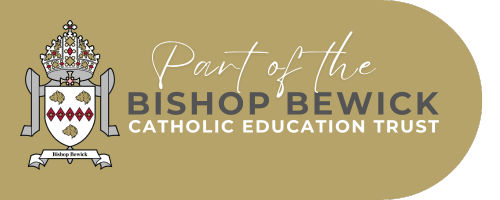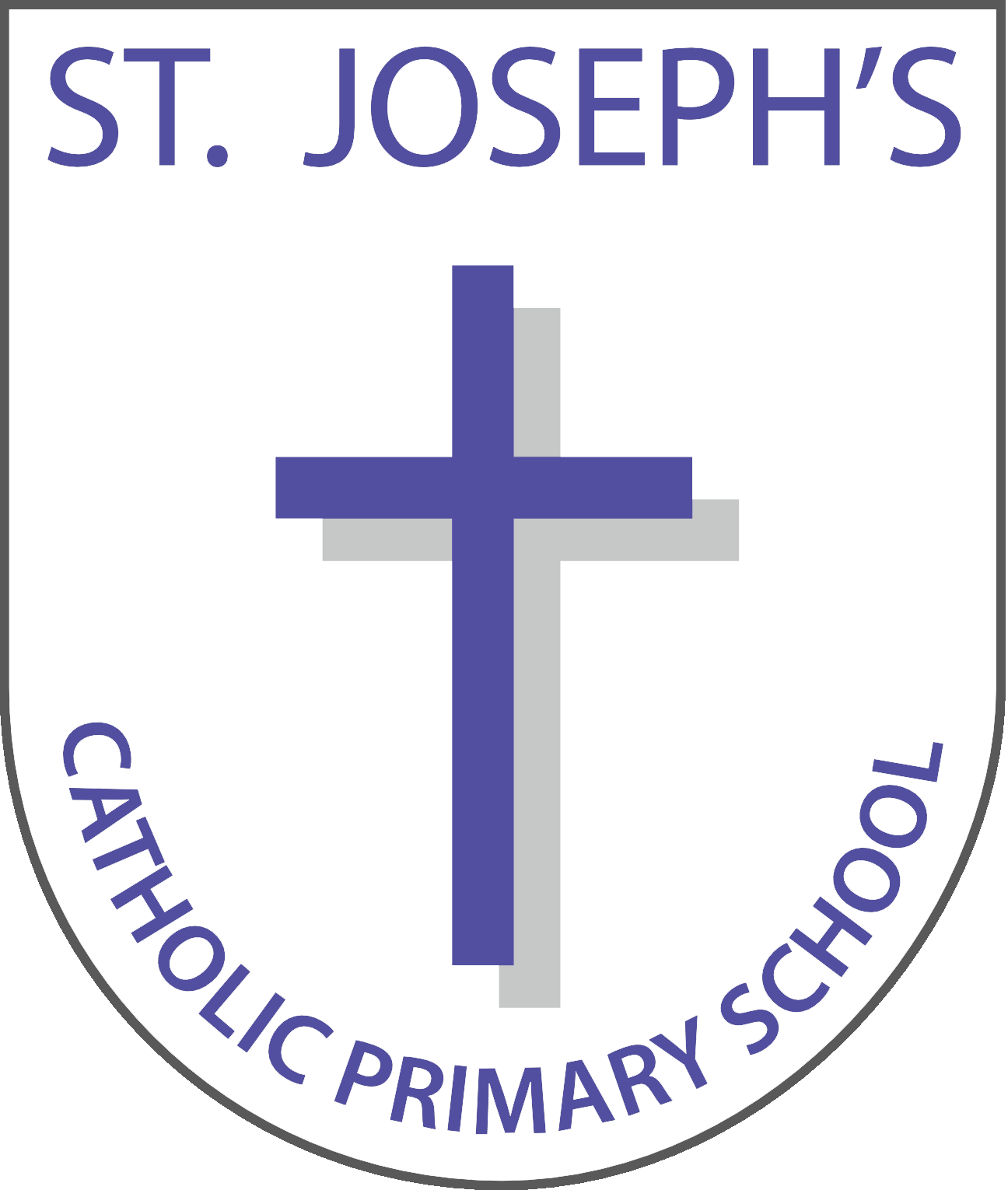63 results found with an empty search
- The Romans in Year 4
Staff from Durham University visited Year 4 to introduce our next history topic – The Romans. The enjoyed the workshop and they are looking forward to finding out more!
- Catholic Social Teaching
The pupils at St Joseph’s were introduced to Catholic Social Teaching through a CAFOD workshop, which took part from EYFS to Year 6. The workshops introduce pupils to Catholic Social Teaching and helped them to understand how the principles underpins the Catholic life and mission of St Josephs. EYFS and KS met a variety of animal characters that will helped them learn in a fun and engaging way about the different principles, and how to put them into action. Years 5 and 6 will looked at principles in greater depth and explored how they can be applied in a variety of contexts. The Key Principles are: Dignity Solidarity The common good The option for the poor Peace Creation and Environment The dignity of work and participation
- Symmetrical and Asymmetrical Balances
This term in Year 3, we have been doing some gymnastics looking at symmetrical and asymmetrical balances. The children have been able to explain the difference between the two balances and they have been trying some of their own both individually and working with a partner.
- Stone Age Workshop
Last week, Year 3 took part in a Stone Age workshop. They had lots of fun looking at various artefacts from the past and discussing with their partner what they could be used for. Well done Year 3!
- First Aid Training
On Friday, Year 3 took part in first aid training. They had lots of fun and learnt many life saving, valuable lessons. They were taught how to do CPR, how to help somebody if they were choking and how to use bandages to treat broken bones and bleeding. Well done Year 3!
- Testing the Strength of Rocks
Year 3 have been learning about the properties of different rocks, particularly which rocks are permeable and which are impermeable. We carried out a simple investigation to test their strength where we dripped water onto a selection of rocks, using a pipette to see whether water soaked into the rock or ran off its surface. The children learnt which rocks would absorb water and were permeable and which rocks were impermeable and would not allow water to be absorbed. We had lots of fun!
- Drawing to Show Shape
This week, year 3 have been looking at the work of Tony Cragg. We have been using materials in our classroom to assist us to draw and represent various shapes in our art lesson.
- Year 2 RE
Beginning Year 2 have been looking at the topic of Beginning in their RE lesson. Children will know and understand that God is present in every beginning. Year 2 children have looked at the story of Creation. They were inspired to write their own litanies and prayers. They also got creative and painted their favourite animals! Prayer and Reflection Father, creator of all, you ‘ordered the earth’ to bring forth lifeand crowned its goodness by creating family life. Teach us the beauty of human love,show us the value of family life and help us to live in peacewith everyone.Amen.
- Year 2 Science
Uses of Everyday Materials Year 2 children have began their topic of ‘Uses of Everyday Materials’. Each week children will lead the investigations by thinking of their own enquiry questions which they can then investigate as a class. Throughout the term, the children will: Identifying and comparing materials of different objects. Identify and compare the properties of different materials and suitability of a variety of everyday materials, through investigation. Explain use of materials and how materials are useful in different situations and suggest suitable materials for new situations Group objects by materials they are made form. Explain how inventors (scientists) have made new materials. Through investigations, find out how the shapes of solid objects made from some materials can be changed by squashing, bending, twisting and stretching. The vocabulary we will be looking at are: materials reversible irreversible solution metals wood plastic substance glass brick rock paper cardboard transparent absorbent stretchy opaque scientists elastic property waterproof weak strong
- Year 2 Visit to Beamish
Year 2 children had a wonderful day at Beamish Museum. They started the day by taking part in a Victorian classroom activity. They learned about the history and features of Victorian schools and classrooms, such as the size, layout, equipment, lessons, punishments and teachers. The most important lessons were the ‘three Rs’ – r eading, w r iting and a r ithmetic (maths). The children then explored the 1900’s Pit Village to see how miners and their families lived and even enrolled into the army! After lunch the children had a visit the 1900’s town where they took a stroll through the shops and fairground before enjoying some well-earned play time in the park. We ended the day by riding on the tram on the top deck and then tried some cinder toffee back at school! We had an amazing day and learnt so much!
- Year 2 PSHE
Year 2 take part in weekly PSHE lessons which looks at all aspects of personal , social and health related matters. As well as using the Ten Ten resources in school, we celebrate national mental health days and use books for topics of discussion to further the children’s understanding. Recently we celebrated Hello Yellow to show that we are not alone in with our mental health struggles and it is always good to talk and share any concerns. We read related books and had whole class discussions followed by some worksheet activities and games. The children wore yellow to support this cause. We have also read the the story of Our Class in a Family, by Shannon Olsen . This helped the children to understand that we are all different and unique and we should always celebrate and be proud of this.
- Pumpkin Soup
Year 2 children read the story of Pumpkin Soup by Helen Cooper. We were inspired to make our own pumpkin soup. The children first looked at the life cycle of a pumpkin. Instructions for pumpkin soup were taught and features were discussed such as ingredients, utensils and the step by step instructions. The children noticed that instructions were in chronological order, short and clear sentences and started with imperative verbs. The children made pumpkin soup following oral instructions. The children then wrote their own instructions.














